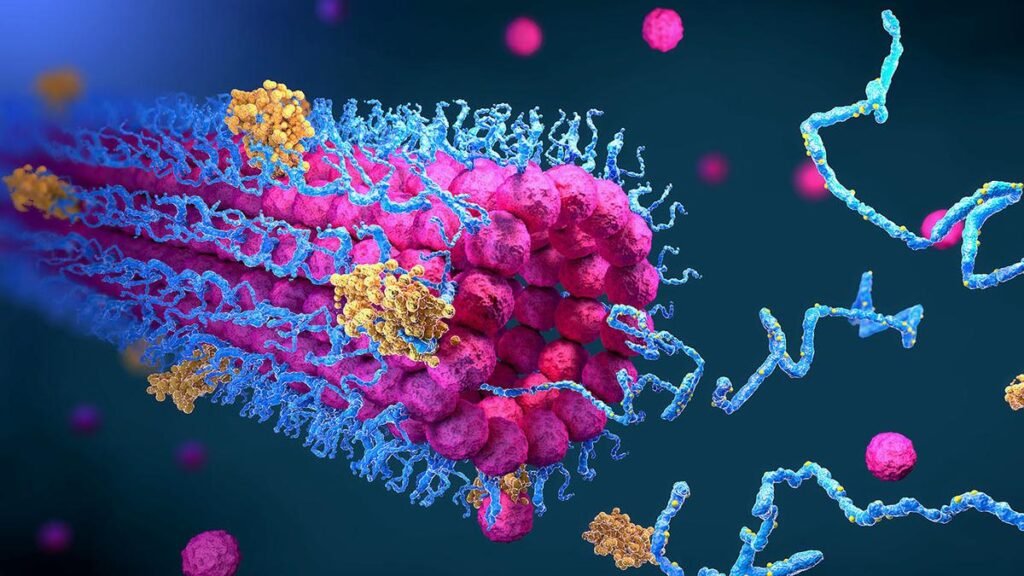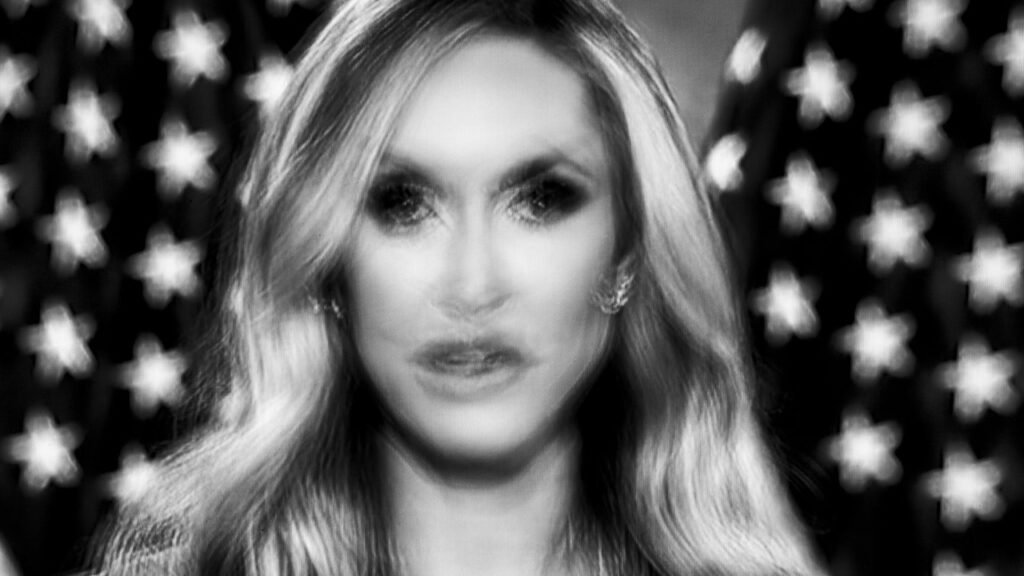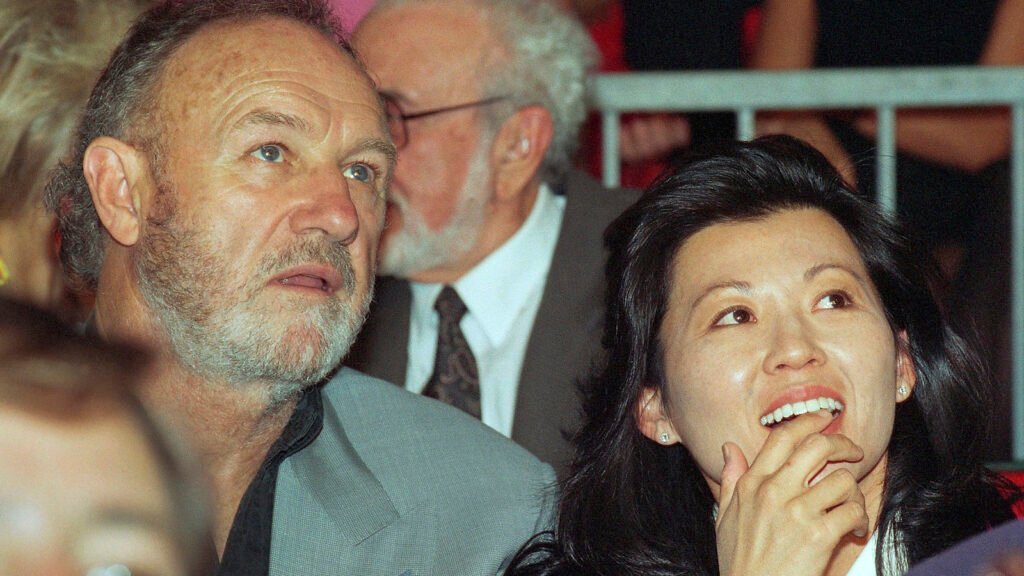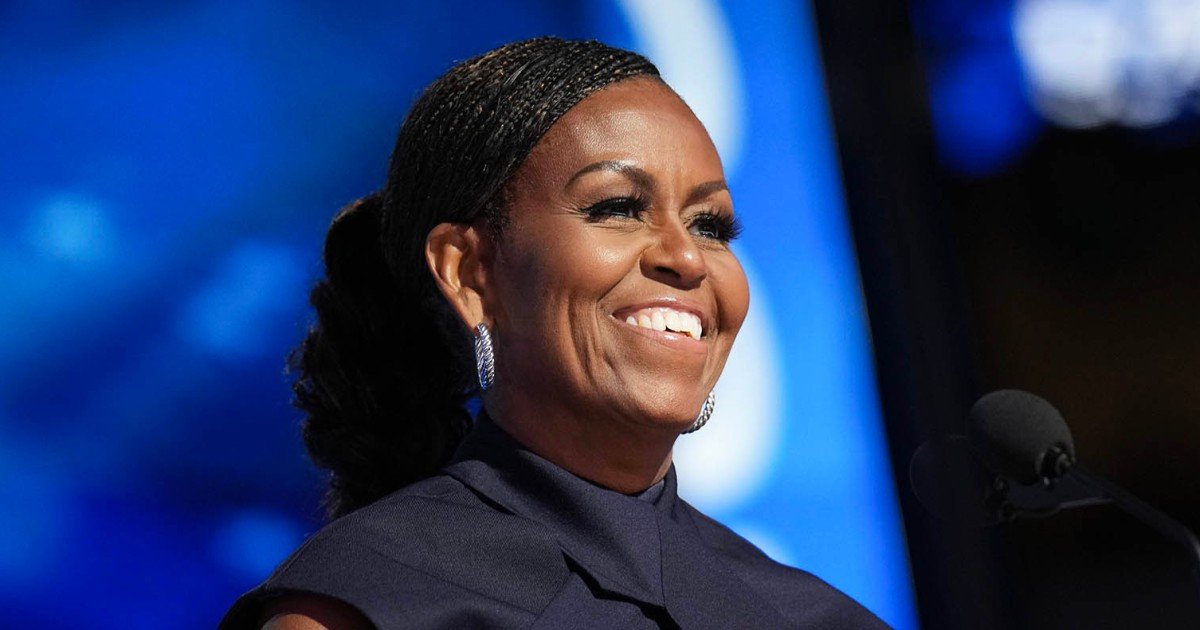Now Reading: What should FD investors do now? RBI cuts repo rate by 50 bps, interest rates will fall further
-
01
What should FD investors do now? RBI cuts repo rate by 50 bps, interest rates will fall further
What should FD investors do now? RBI cuts repo rate by 50 bps, interest rates will fall further

How has FD rate been impacted since February 2025?
The RBI has cut the repo rate by 25 bps each time in February and April 2025. Due to two successive rate cuts, banks have aggressively reduced FD interest rates.
Also read | Big savings for home loan borrowers as EMIs to fall significantly after RBI cuts repo rate by 50 bps
According to the SBI Research report, “FD rates have been reduced in the range of 30-70 bps since February 2025.”
Along with the reduction in fixed deposit interest rates, banks are also reducing the interest rates on savings bank accounts. “Banks have already reduced interest rates on savings accounts to floor rate of 2.70%,” said SBI in its report.
How much FD rate cuts should investors expect in future?
The RBI has cut the repo rate three times till now. According to the SBI research report, “Transmission to deposit rates is expected to be strong in the coming quarters. 100 bps repo rate cuts are expected in FY26.”
This is likely to happen if the CPI inflation remains below the medium-term target of 4%, supporting growth in fighting cyclical downturns, and if credit growth remains muted.
Also Read | These banks are offering more than 8% interest rate on FDs
What should be FD investors’ strategy as interest rates fall?
There are very limited options available to FD investors when the interest rates are falling in the economy. Here are the steps that they should take to minimise the loss and make the most of the current situation.
Book FDs at current high rates
The interest rates on fixed deposits are expected to fall in the upcoming months, however, it may take some time before it actually happens. There are many banks which are still offering FDs at attractive rates. Therefore, it is essential for FD investors to book FDs at current higher rates as soon as possible.
Certain banks are still offering interest rates of 8% or higher for longer-term fixed deposits. However, as most of the highest interest rates currently available on FDs are being offered by Small Finance Banks so you should check the safety of your principal amount. If you book your FDs with any bank which is considered risky it will be better to book your FD in such a way that it is covered under Rs 5 lakh deposit insurance cover. Many major banks are currently offering interest rates of 7% or higher for longer-term fixed deposits.
Going for medium to long term FDs can be beneficial
As interest rate cycle has reversed from rising interest rates to falling interest rates, it may take a while for the interest rate cycle to reach its bottom and make a turn around. While short term FDs will see quick reduction in interest rate, it may take a while for interest rate on medium to long term FDs to fall. Therefore, if you do not have any short-term need, a strategy of locking FDs for medium to long term can be beneficial.
Count on laddering to save from the lowest yield
Senior citizens can still count on the laddering strategy to manage their fixed deposits (FDs) in terms of liquidity, returns, and interest rate fluctuations in the future.
FD laddering strategy allows senior citizens to break the investible surplus into different tenures. As the FDs are divided into many parts and different FDs mature regularly, it saves the depositors from the eventuality of renewal risk when interest rates are low. Only a part of the FD corpus will get renewed at lower rate while rest of the FDs will still keep enjoying a higher interest rate. With time the interest rate cycle may turn again. As the FD matures, the proceeds can be used to reinvest at the prevailing rates or utilised as needed. Thus, the depositors can expect to keep getting above-average returns from the laddering strategy.
Should you go for corporate FD?
As an FD investor, if you are wiling to take a risk, then corporate FDs can be your bet. These FDs offer higher interest rate but comes with a relatively higher risk.
Also read | FD interest rates are falling: Can corporate bonds offer better returns with safety?
“Fixed deposit rates to come down sharply as banks transmit this rate cut. Investors should look at 2-3y corporate bonds for their portfolio as they continue to offer good spreads over government and FD rates and interest rates will come down more gradually for corporate bonds,” says Vishal Goenka, Co-Founder of IndiaBonds.com.




















































